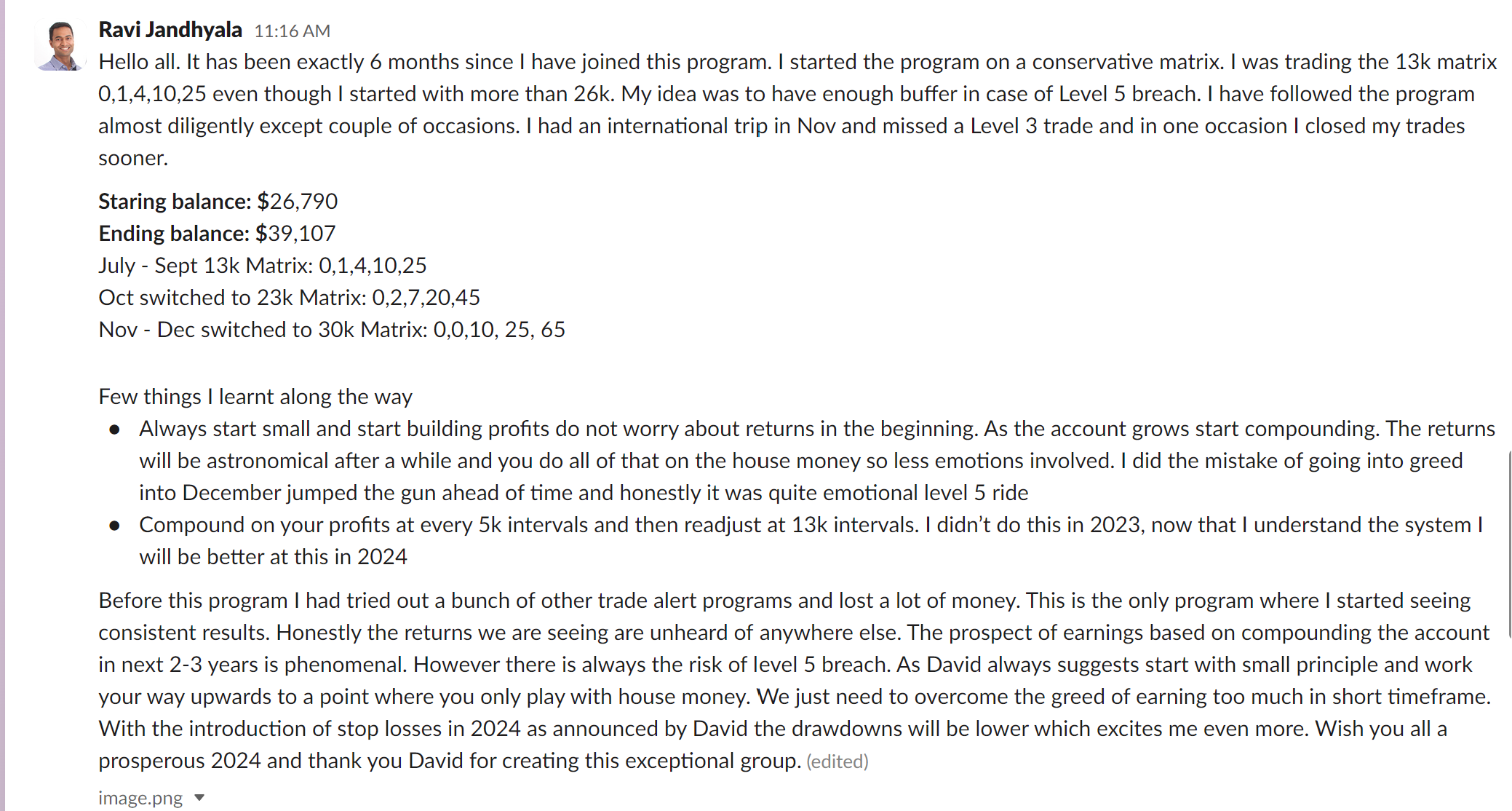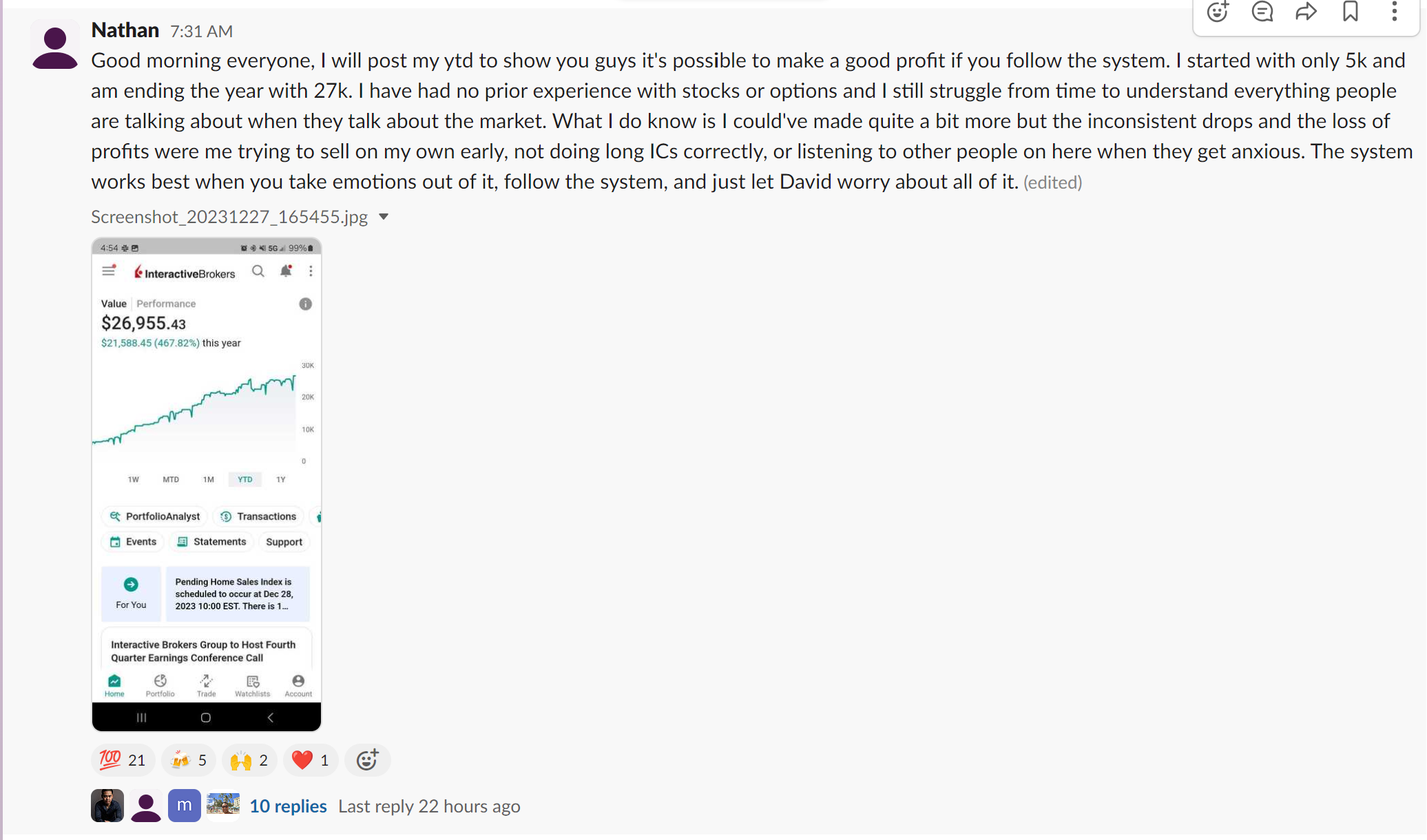In the ever-evolving world of options trading, timing is often considered a crucial element for successful results. With constantly changing market conditions, pinpointing the optimal entry and exit points for your trades can be the difference between significant profits and disappointing losses. The skillful art of timing requires a keen understanding of market conditions, technical analysis, and risk management, as well as the ability to remain calm and decisive under pressure.
In this informative guide, we delve into the critical role of timing in options trading, focusing on the importance of mastering entry and exit strategies for consistently profitable results. We will also introduce you to our groundbreaking SPX Income Program, which has been meticulously designed to support ambitious traders in streamlining the trading process and enhancing their success by offering a wealth of cutting-edge tools, resources, and expert guidance. By honing your skills in the art of timing and leveraging the support of our renowned program, you can unlock the full potential of options trading and advance towards your financial goals with confidence and precision.
1. Understanding the Importance of Timing in Options Trading
To illustrate the significance of timing, consider the impact of initiating an options trade too early or late: early entry can expose a trader to unnecessary risk, while late entry can result in missed profit opportunities. Consequently, accurate market analysis and a profound understanding of the underlying factors influencing price movements is crucial. By mastering the art of timing, traders can capitalize on market shifts, make informed decisions, and optimize their trading strategy.
2. Employing Technical Analysis: An Essential Tool for Timing Success
Technical analysis, the study of historical price data for the purpose of forecasting future price movements, is an indispensable tool for traders seeking to improve their timing. Several technical indicators and charting techniques can be used to identify optimal entry and exit points:
– Trend Indicators: Moving averages, such as Simple Moving Average (SMA) and Exponential Moving Average (EMA), can help traders identify the current market trend, enabling them to execute trades in line with the dominant trend direction.
– Momentum Indicators: Tools like Relative Strength Index (RSI), Moving Average Convergence Divergence (MACD), and Stochastic Oscillator can aid traders in determining the strength of a trend and potential reversal points.
– Support and Resistance Levels: By identifying key support and resistance levels, traders can gauge the probable points at which a stock price may change direction, providing crucial information for establishing entry and exit strategies.
By employing technical analysis, traders can sharpen their timing skills and improve their options trading performance.
3. Implementing Risk Management: Maintaining Control in the Face of Uncertainty
Risk management is integral to success when trading options. Properly managing risk helps traders minimize losses while maximizing profits. Consider the following methods to ensure effective risk management:
– Position Sizing: Allocate only a predefined percentage of your account to each trade. This can prevent a single trade from severely impacting your portfolio.
– Stop-Loss Orders: Set stop-loss orders for trades, closing them automatically when a predefined loss threshold is reached. This measure minimizes potential losses and maintains control over your risk exposure.
– Time Decay Management: In options trading, time decay impacts the value of options contracts. Be mindful of expiration dates and time decay by employing strategies such as calendar spreads to minimize time decay’s negative impact.
By implementing robust risk management techniques, traders can maintain better control over their trades and minimize potential losses.
4. Embracing Continuous Learning and Adaptation: The Path to Optimal Timing
The world of options trading is continuously changing, and traders must be prepared to learn, adapt, and refine their strategies in response to evolving market conditions. Employ the following practices to support continuous growth and improvement in your trading performance:
– Expand Your Knowledge: Stay informed of market trends, evolving strategies, and new tools available to traders to help refine your timing and trading strategies.
– Analyze Your Performance: Regularly review your trading history to identify patterns, successes, and areas for improvement. Learn from both your profitable and unprofitable trades and apply those lessons moving forward.
– Seek Mentorship: Engage with experienced traders, participate in trading communities, and invest in educational resources to progressively enhance your trading skills and expertise.
By embracing a commitment to continuous learning and adaptation, traders can refine their timing abilities and stay ahead of the ever-changing options trading landscape.
Perfect Your Options Trading Timing with the Support of Our SPX Income Program
Mastering the art of timing in options trading requires an in-depth understanding of the market, technical analysis, risk management, and a commitment to continuous learning and adaptation. Enhancing your timing and entry and exit strategies is crucial for consistently maximizing profits and minimizing losses.
InsideOptions’ SPX Income Program offers expert guidance, cutting-edge tools, and resources designed to support traders in enhancing their timing skills and overall trading performance. By trying our options trade strategies, you can benefit from invaluable support and expertise as you perfect your options trading timing strategies and advance confidently towards your financial goals.









